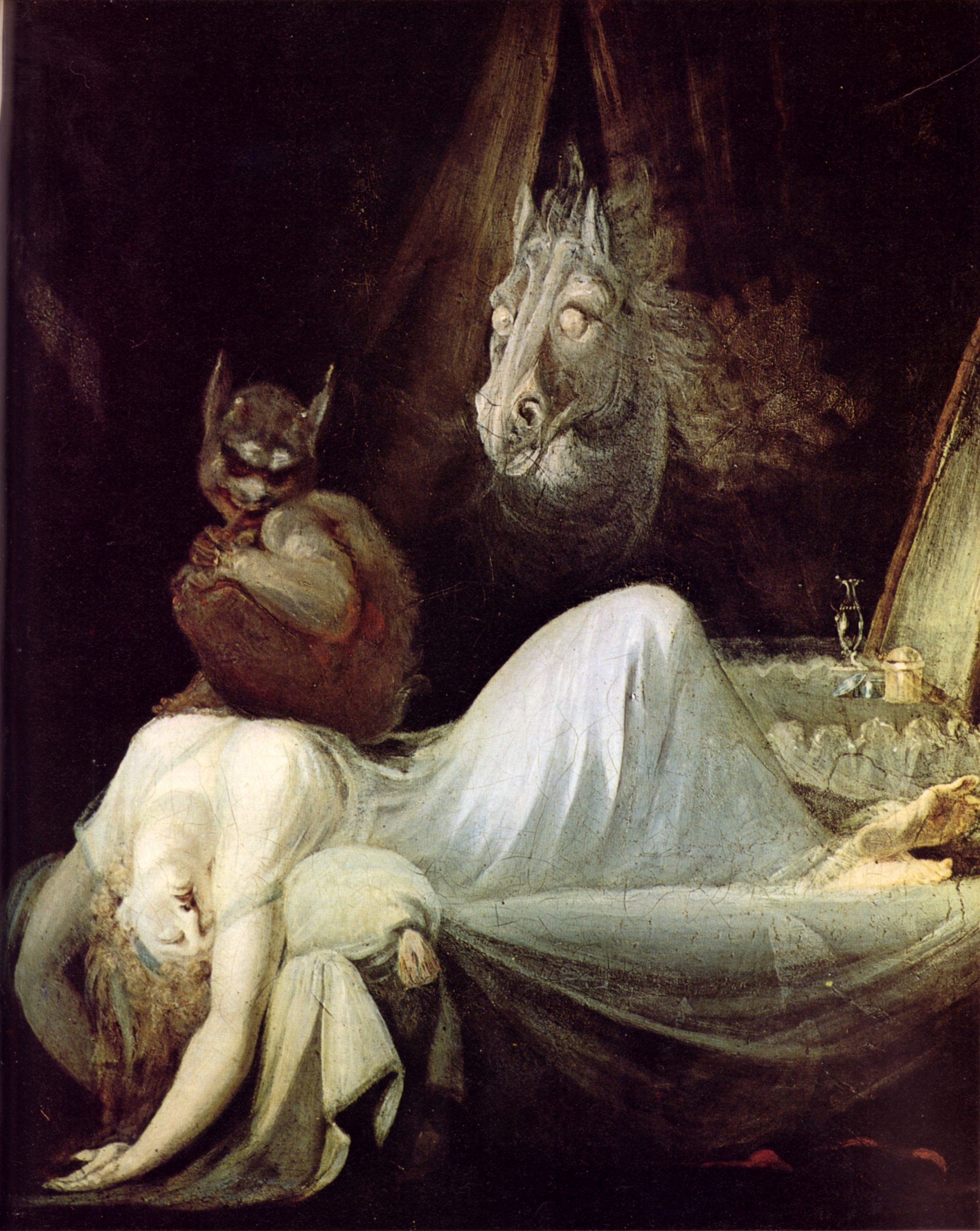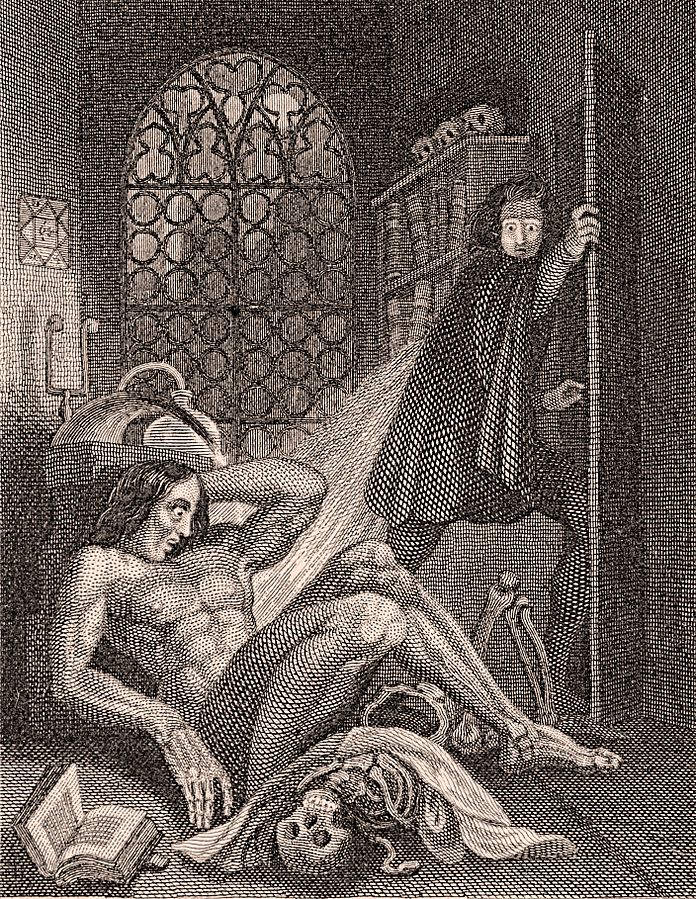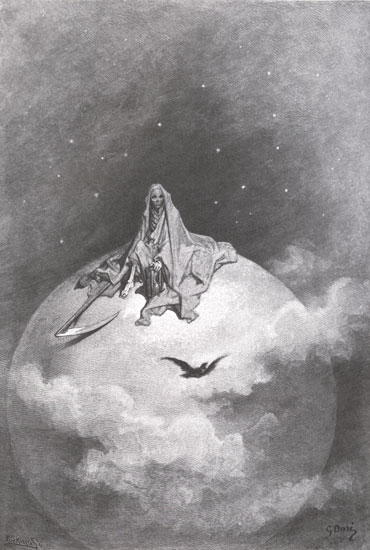
The Nightmare by Johann Heinrich Füssli, 1802
How to describe the end of the 18th and the beginning of the 19th century with one word? Maybe “turbulent” is the proper term. When we look at the political, social, scientific, technological and even cultural events of that era, it’s easy to justify the term mentioned. If we focus on the science and technology of the era, things like industrial revolution, discoveries in chemistry, physics and medicine, geographical research and many others pique our interest. But, it’s also important to take into consideration the fact that many artists and intellectuals were too drained by this sudden development, so they found a sanctuary in the “glorious past”, especially the Middle Ages or in the imaginary world. Although escapism was in fashion, there was one interesting subgenre of Romanticism where the development was a source of inspiration for the story usually set in the past. That subgenre is Dark or Gothic romanticism.
When the Science and the Supernatural Entangle
Gothic romanticism was especially popular in the literature. The writers were fascinated with the irrational, mysterious, and often demonic motifs. But these motifs weren’t separated from the contemporary trends. They reflected it. Therefore, Gothic romanticism often entangled science with fictional motifs. Have you ever watched old horror movies based on gothic novels? How many times did you see a lighting strike an old manor? This was a classic motif in the era when interest in physics was great. So, with “a touch of mystery” to the science, gothic writers expressed their opinion about the new world in the making.

Frankenstein by Mary Shelley, frontispiece, 1831
We all know the story about the Frankenstein’s monster, by Mary Shelley. This is another example how biology was used in romantic art. “What if dead tissue become alive?” was a premise used to transform biology for the purpose of art and a sort of critic of the society of that era.
How to Depict a Fallen Man?
The ghosts, demons, werewolves and other mystical creatures in the gloomy and shady atmosphere were a vision of human decadence. How to depict a fallen man? The artists of the Gothic romanticism didn’t beautify that image at all. The world they lived in was “a haunted house with creepy noises from somewhere”.

Therefore, how to describe Gothic romanticism? Definitely as a search for answers. The artists didn’t completely reject the world they lived in. Through mystery, grotesque, and history, they asked questions and all of them led to the main one – Would man destroy himself? So, Gothic romanticism wasn’t only a criticism of the world, it was a thought on how that world could end.

5 thoughts on “Did Gothic Romanticism Criticize the Early 19th Century World?”